Upgrading the medical station into a mini hospital
According to Dr. Nguyen Hoai Nam, Deputy Director of the Ho Chi Minh City Department of Health, the new Ho Chi Minh City health system after the merger includes 164 hospitals (14 ministerial hospitals, 32 general hospitals, 28 specialized hospitals, 90 non-public hospitals), 38 health centers (17 health centers with beds and 21 health centers without beds); 168 health stations, 296 health points; 11 centers without beds; 110 social protection centers, 15,611 private pharmacies and more than 10,000 private clinics.
The number of hospital beds increased from 41,000 to 49,700 (private sector accounts for 15%), but the number of hospital beds per 10,000 people decreased from 42 hospital beds per 10,000 people to 35.1 per 10,000 people. The Ho Chi Minh City Department of Health has only 251 employees (1 director and 8 deputy directors) with the headquarters in the city center to operate, direct activities and inspect and supervise the activities of the remaining headquarters. Headquarters 2 and 3 (in Binh Duong ward and Ba Ria ward) will organize personnel to receive public service records; participate in the appraisal of medical, pharmaceutical and cosmetic facilities and receive feedback and complaints; inspect and supervise.
According to Associate Professor, Dr. Nguyen Anh Dung, Deputy Director of the Ho Chi Minh City Department of Health, the city's health sector is aiming to build a special urban model, becoming a center of health, science, technology and innovation of the whole country. According to the Ministry of Health 's instructions, Ho Chi Minh City has only 125/168 standard medical stations over 500m2 and will be developed as a "mini hospital" with necessary departments. These places will provide initial medical examination and treatment, continuous health monitoring, people only have to go to specialized facilities when really necessary.
“The city will improve the capacity of health stations after the merger, including output standards and expanding coverage of primary health services. Turn health stations into places closest to the people, places that people trust the most, carrying out the mission of primary health examination and treatment, classifying and periodically monitoring people's health so that people can go through this level first and then go through other specialized levels later,” Associate Professor, Dr. Nguyen Anh Dung informed.
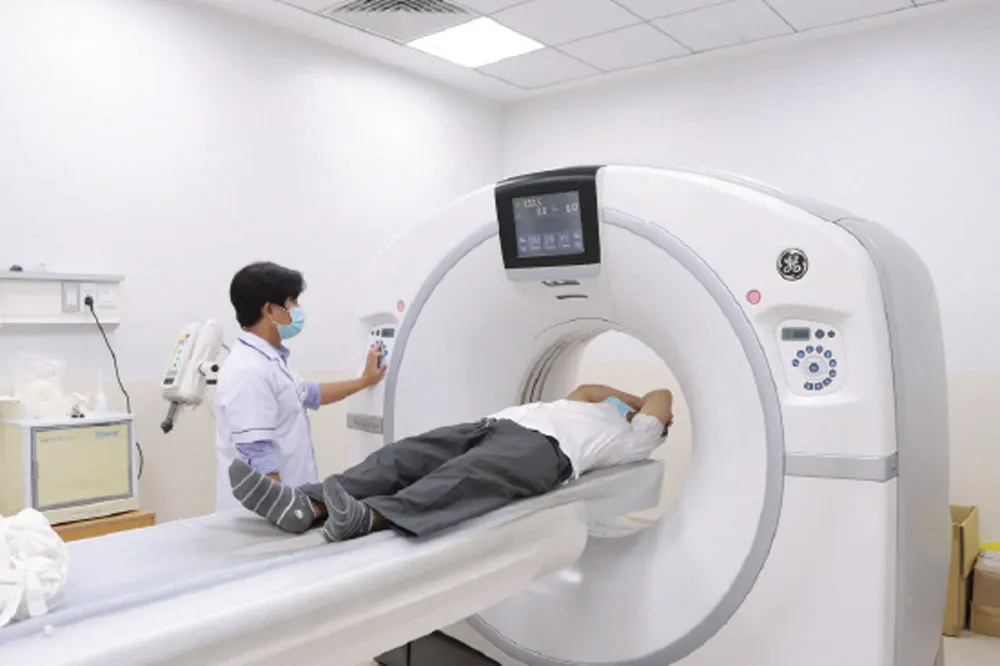
Upper level hospitals are ready to "share the fire"
The area and population of Ho Chi Minh City increase, which means the demand for medical services increases in terms of demand and scope of supply. The number of medical examinations and treatments at end-line hospitals will increase, specifically from more than 42 million medical examinations and treatments/year to over 51 million/year, the number of inpatient treatments will increase from over 2.2 million/year to over 3.8 million/year.
Dr. Diep Bao Tuan, Director of the Oncology Hospital (HCMC), shared that each year the hospital receives more than 880,000 patients for examination, nearly 55,000 inpatient treatments, more than 375,000 outpatient treatments, nearly 39,000 surgeries, 180,000 radiotherapy sessions and 320,000 medical treatments (chemotherapy, targeted therapy, immunotherapy). Before the merger, the number of patients from the provinces coming to the Oncology Hospital in HCMC was already very large, accounting for 70%. This hospital has implemented many solutions to reduce waiting time for patients such as early examination, comprehensive examination, radiotherapy lasting until late at night... and invested in many modern medical equipment and new techniques to best serve patients.
According to information from Dr. Tran Van Song, Director of People's Hospital 115 (HCMC), every day the hospital receives about 4,000 outpatient visits and treats about 1,600 inpatients, nearly 50% of patients coming from other provinces. The number of inpatient and outpatient visits at the hospital is forecast to increase and the hospital has also prepared to deploy more clinics, satellite hospitals, and transfer technology to lower-level hospitals to help people have more convenience and not have to travel far. Tu Du Hospital has also planned to increase its medical supply capacity after the merger, including a proposal to establish a second facility in Can Gio district. Arrange, reorganize, and plan to increase medical capacity to best receive and treat pregnant women, mothers, women, children, etc.
According to Associate Professor, Doctor, Doctor Tang Chi Thuong, Director of the Ho Chi Minh City Department of Health, to ensure the health care needs of the people, the city's health sector has set out 13 key tasks in the last 6 months of the year, one of the important tasks is to require upper-level hospitals to increase the transfer of techniques and human resources to lower-level hospitals, and coordinate with local authorities in health care for the people. General review and plan to support the improvement of professional capacity for hospitals in the area. In the immediate future, major hospitals in Ho Chi Minh City will increase the transfer of techniques and support human resources for lower-level hospitals, especially the Con Dao Military-Civilian Medical Center in 2 phases. Phase 1 will be implemented in the third quarter of 2025, rotating skilled doctors to the island; organizing remote consultations, and providing continuous training for medical staff at the center; Building an on-site blood bank... Phase 2, developing a project with specific policies for the health sector in Con Dao special zone, aiming to form a general hospital with an appropriate scale under the professional support of the following hospitals: Hung Vuong, Nhi Dong 1, Binh Dan, Nhan Dan Gia Dinh...
“The Ho Chi Minh City Department of Health will coordinate with local medical universities to develop a residency training program with rotations to practice at the Medical Center and Con Dao Hospital. This is an opportunity to provide training and experience in a special environment for resident doctors and propose policies to retain and attract medical personnel here,” Associate Professor, Dr. Tang Chi Thuong emphasized.
The work of investigating, arranging and stabilizing the health system in the new context has been carried out urgently and continuously, demonstrating the high sense of responsibility of the medical team. We continue to review and advise the city to create favorable conditions for the health sector to develop. At the same time, we hope to continue to receive support from the city's leaders in the coming time to successfully complete the mission of taking care of people's health.
Associate Professor, Doctor, Doctor TANG CHI THUONG, Director of Ho Chi Minh City Department of Health
Source: https://www.sggp.org.vn/he-thong-y-te-hien-dai-o-tphcm-san-sang-van-hanh-hieu-qua-post803472.html



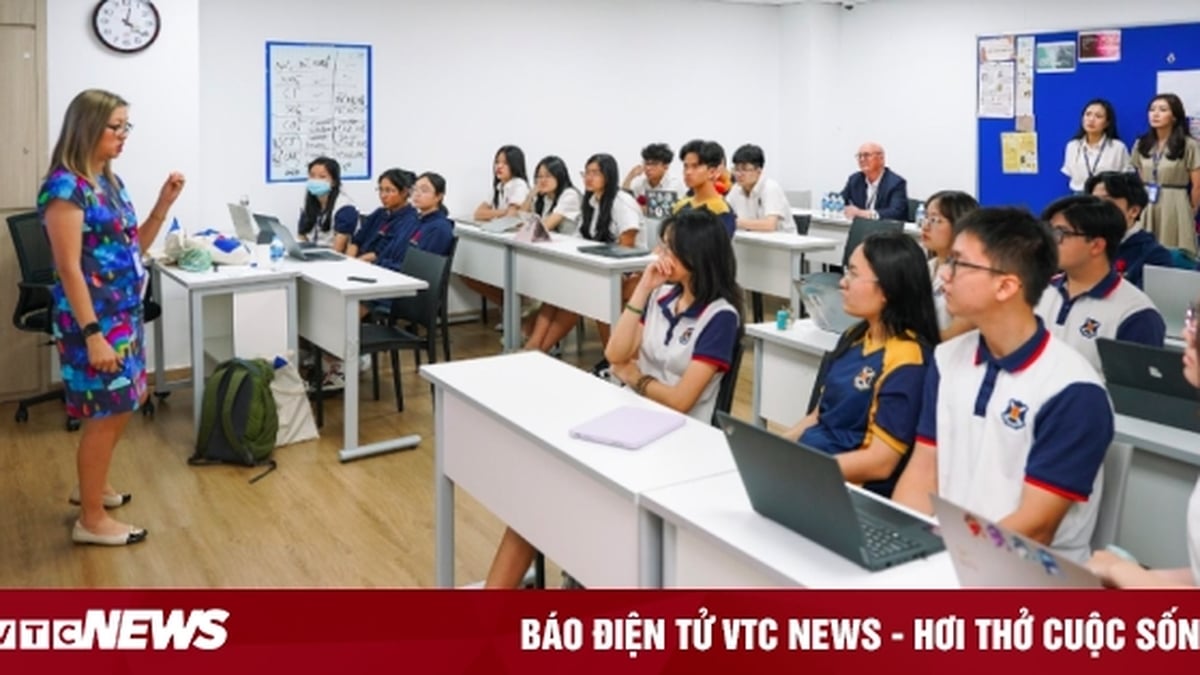

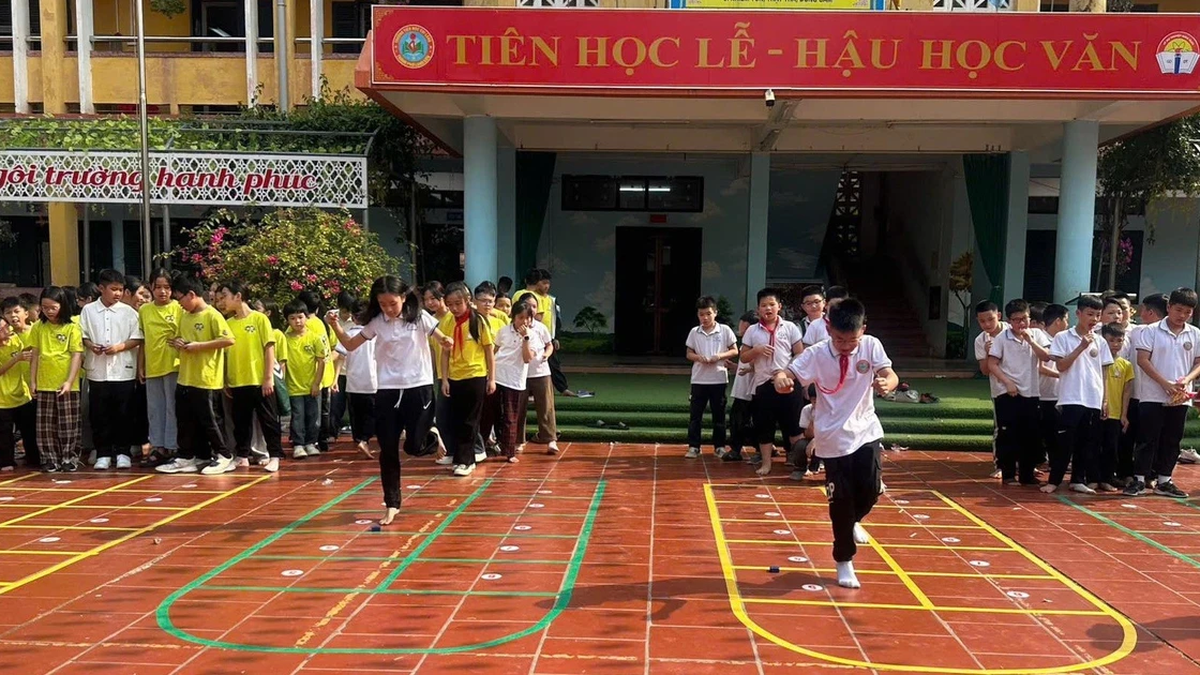


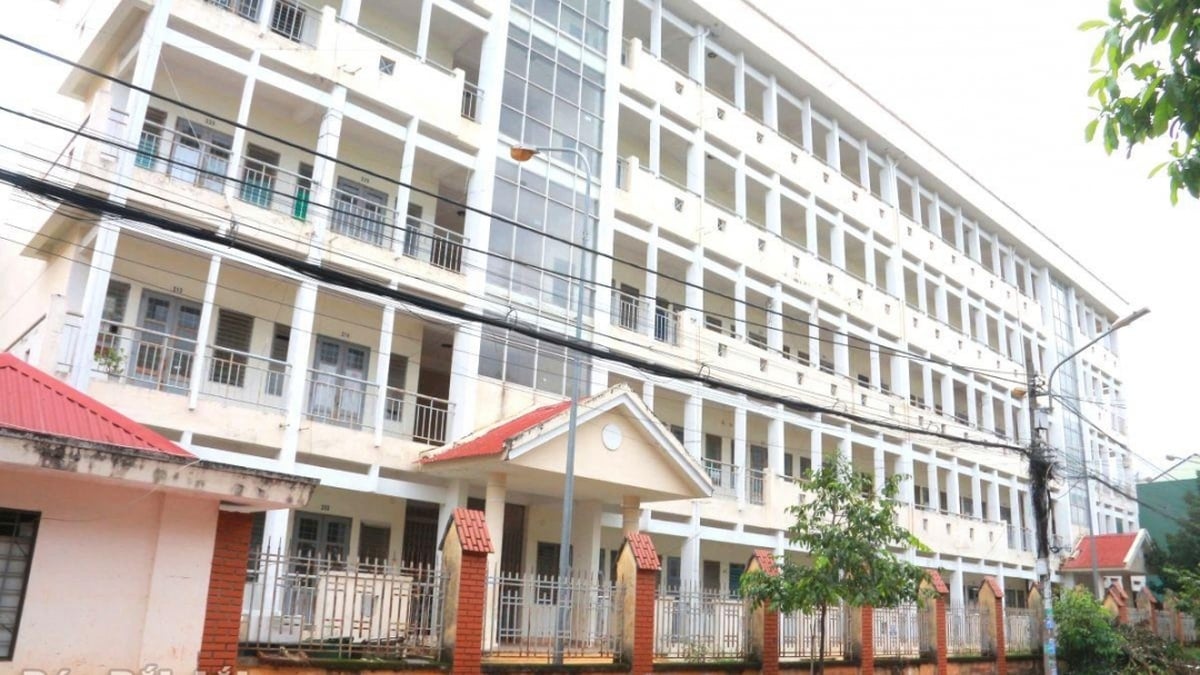
























































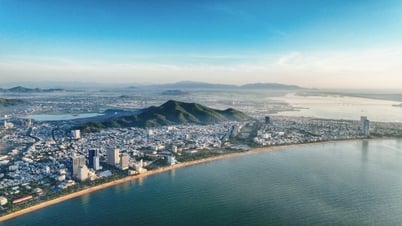









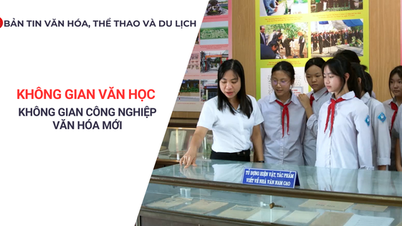

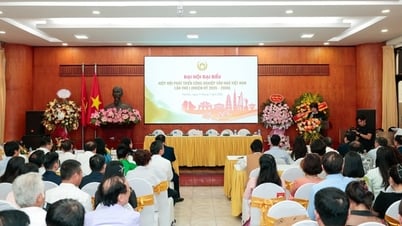






















Comment (0)